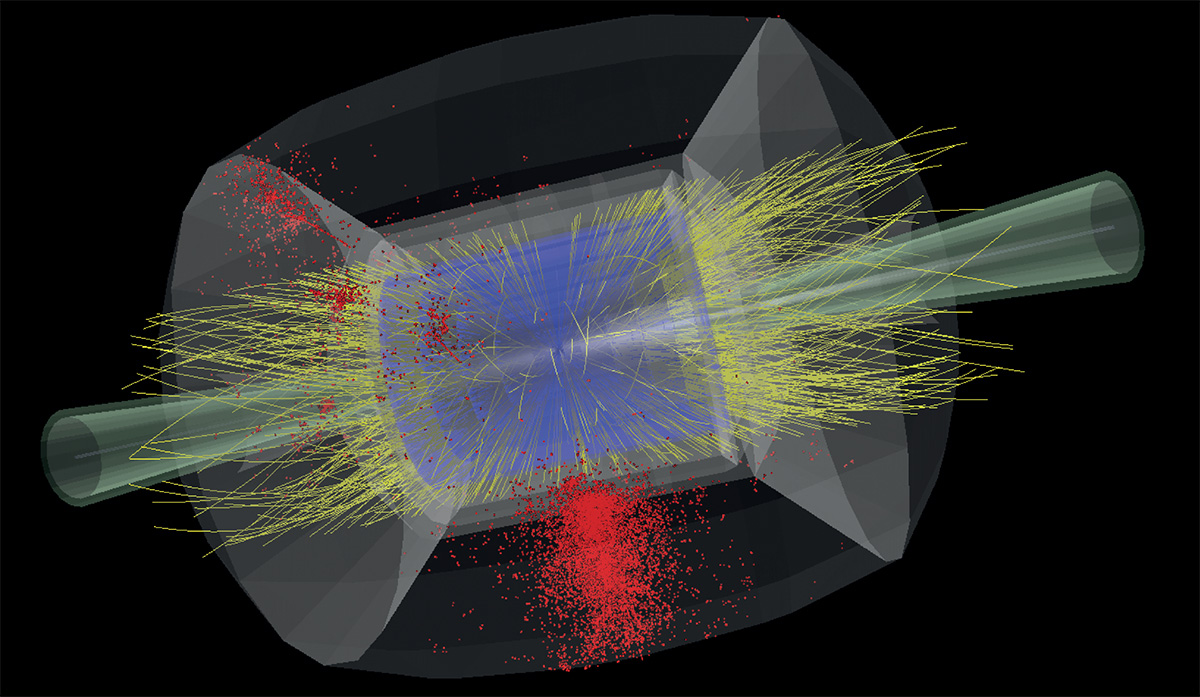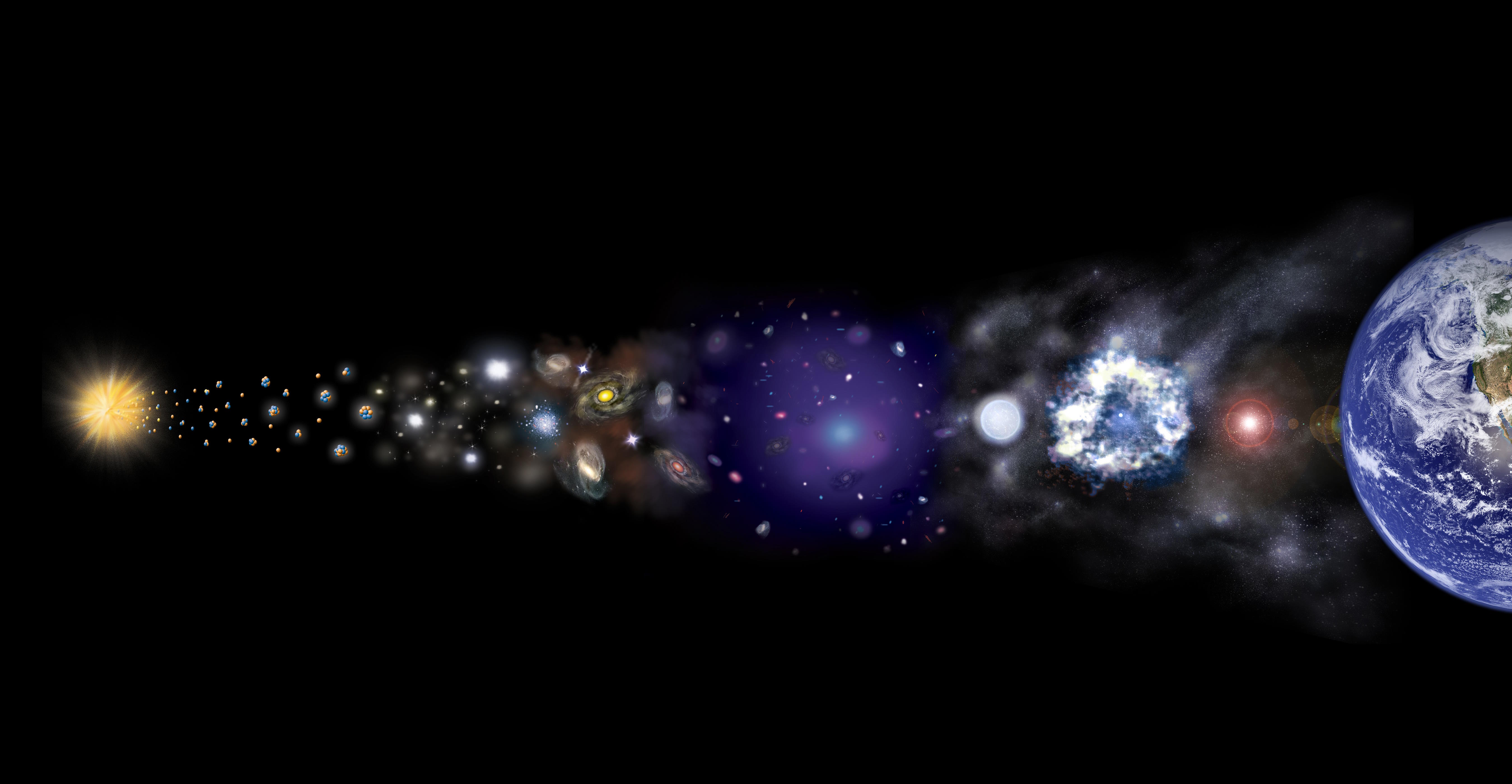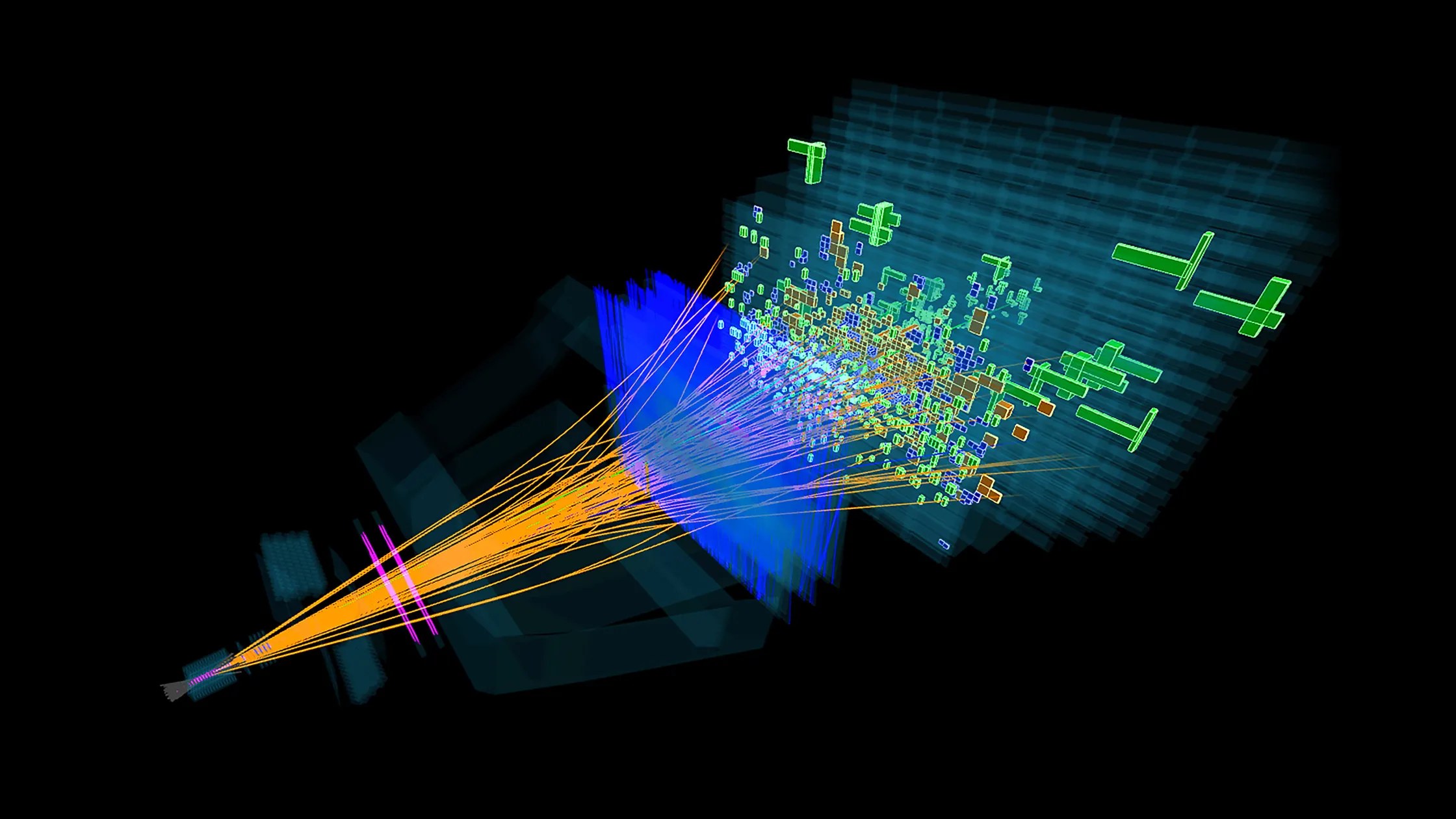Starts With A Bang podcast #108 – A future particle collider

- Ever since the Large Hadron Collider turned on in 2008, it became the most powerful particle physics experiment ever conducted, surpassing the limits of Fermilab, SLAC, Brookhaven, LEP2, and all other experiments.
- In the time since then, it’s not only discovered the Higgs boson and revealed many of its properties, but has helped refine our picture of the subatomic world, measuring more parameters more exquisitely than ever before.
- However, the LHC will come to an end at some point in the 2030s, and the time to start planning a successor collider is now. Here are the four main options under consideration, and why choosing none of them is the worst choice of all.
Right now, the Large Hadron Collider (LHC) is the most powerful particle accelerator/collider ever built. Accelerating protons up to 299,792,455 m/s, just 3 m/s shy of the speed of light, they smash together at energies of 14 TeV, creating all sorts of new particles (and antiparticles) from raw energy, leveraging Einstein’s famous E = mc² in an innovative way. By building detectors around the collision points, we can uncover all sorts of properties about any known particles and potentially discover new particles as well, as the LHC did for the Higgs boson back in the early 2010s.
But the LHC has a limited lifetime, and by the 2030s, will complete its data-taking runs. If we want to go beyond the LHC, we need to start planning for a new particle collider now, and there are four great options that can take us beyond the current frontier: a linear lepton collider, a circular lepton collider, a circular hadron collider, and a potentially new innovation of a circular muon collider. In this episode of the Starts With A Bang podcast, Dr. Cari Cesarotti joins us to discuss all of these options and much more, as we look ahead to the future of particle physics.
The serious question isn’t whether we should build one (we definitely should), but which approach will be most fruitful in pushing our suite of knowledge beyond the known frontiers. There’s an entire Universe to explore at the subatomic level, and those of us curious about the Universe want to know what’s out there better than ever before! Follow Cari’s attempts to support the future of a muon collider on Twitter @muoncollider.





